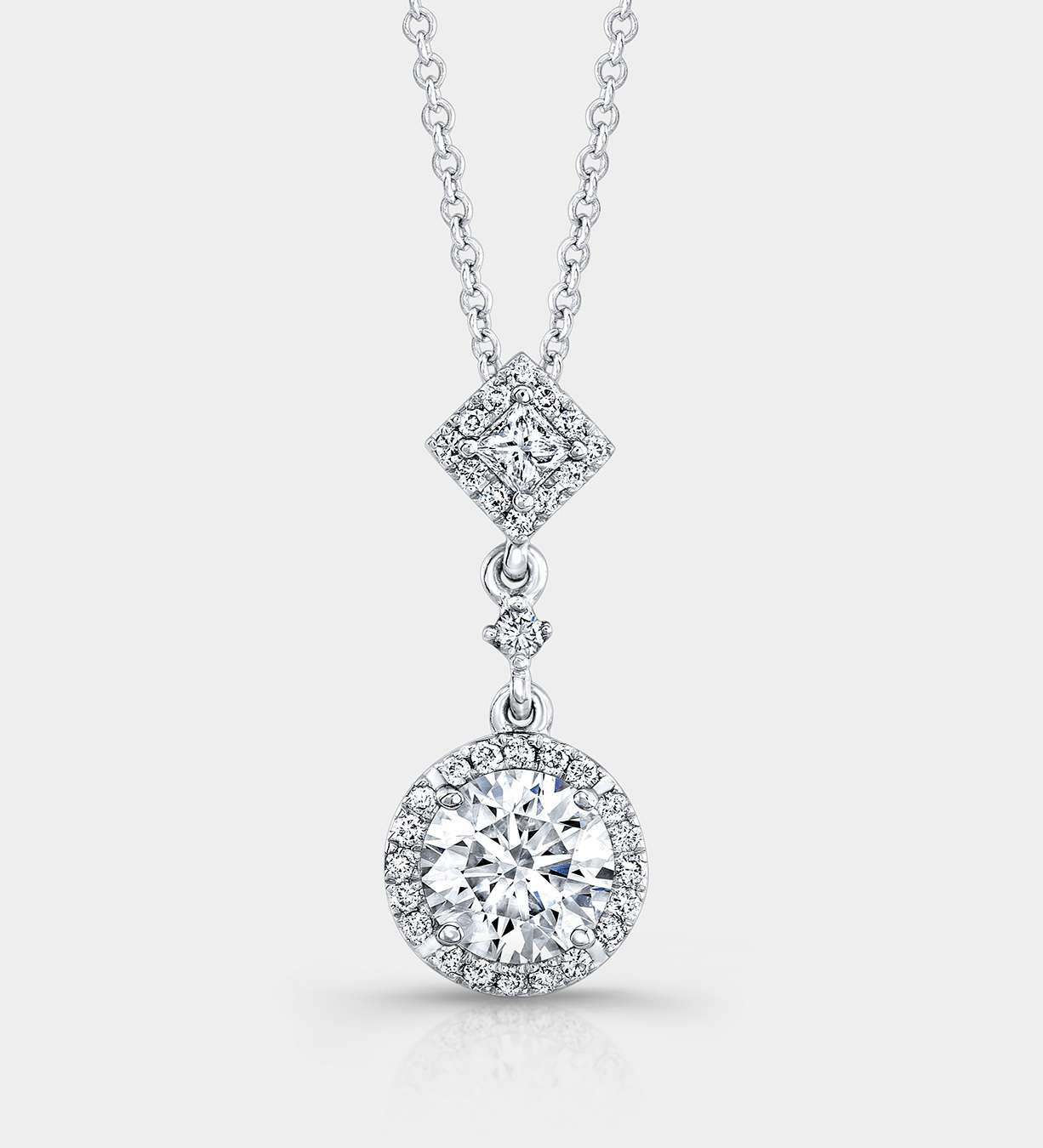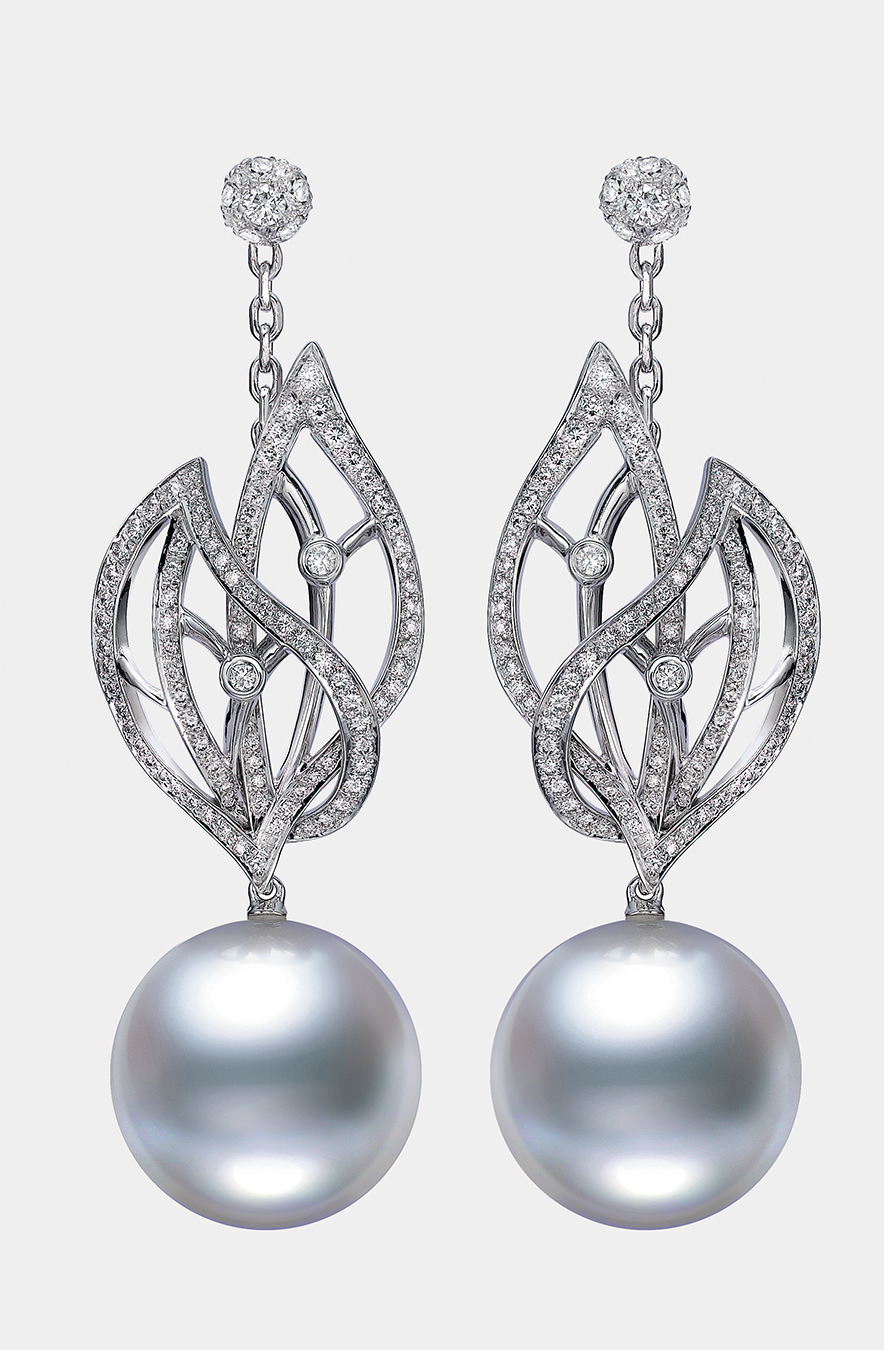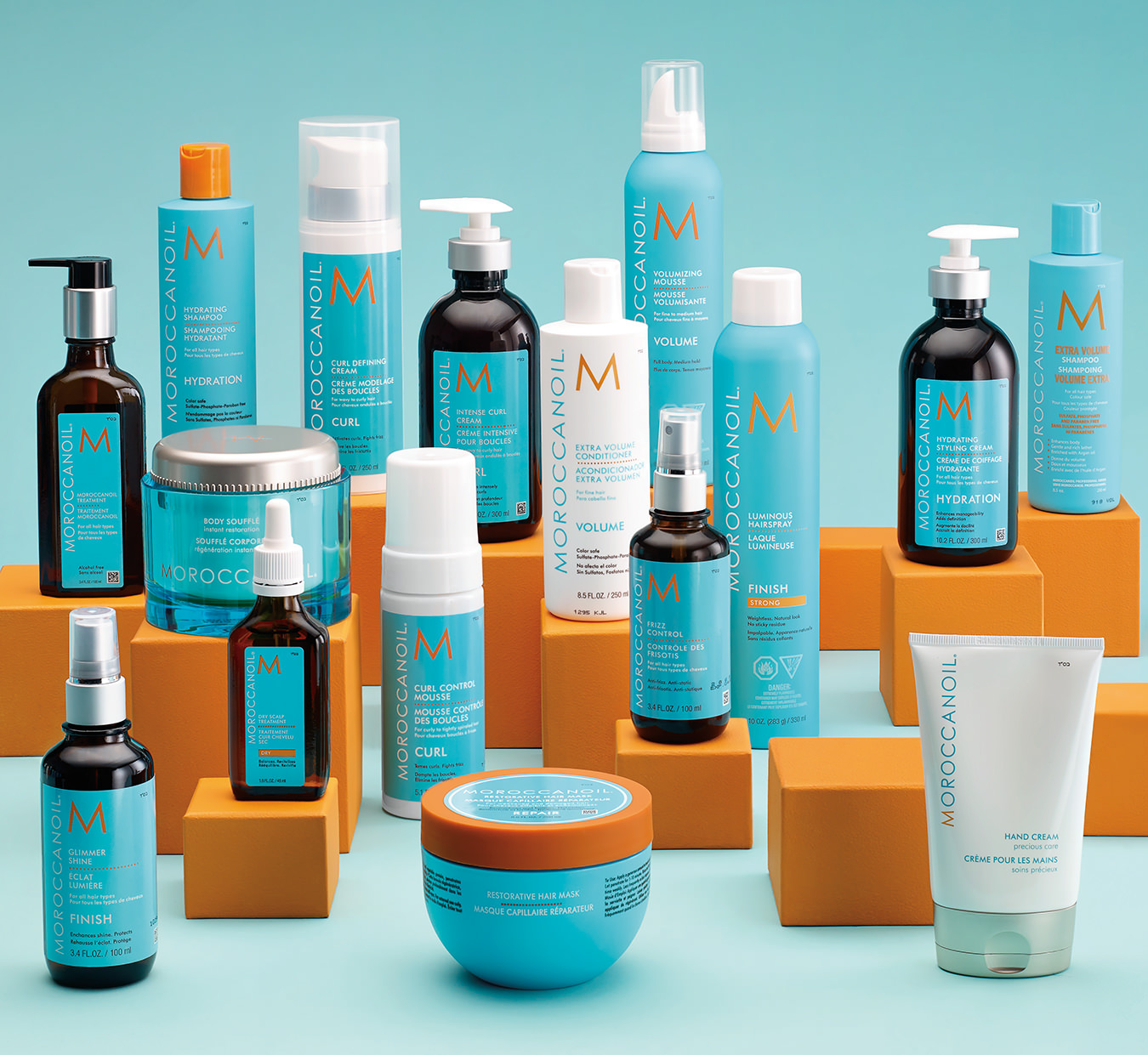-

Aesop Chelsea; the New York store interior was designed in collaboration with The Paris Review.
-
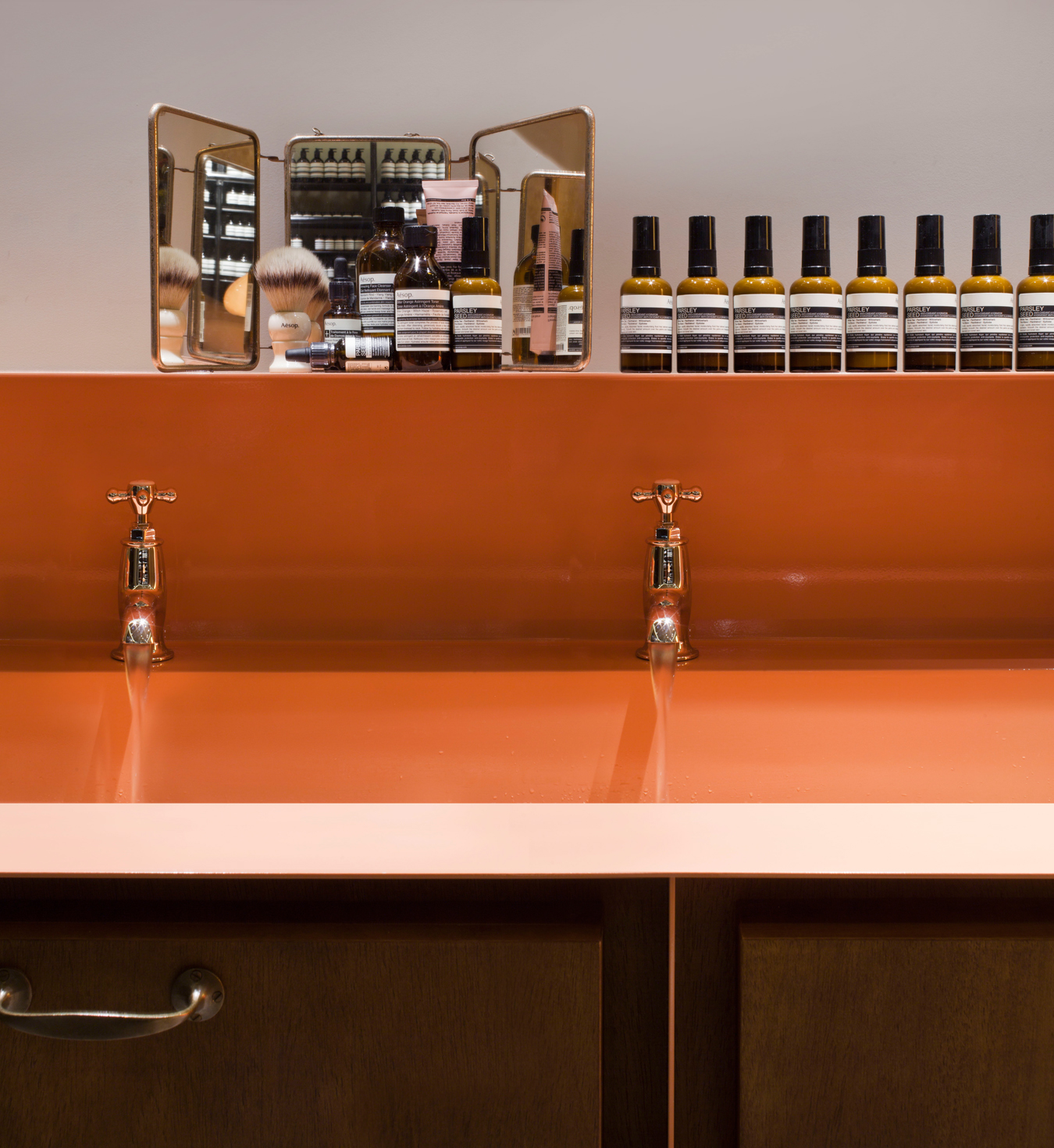
Aesop products steer clear of parabens and use pure, natural essential oils.
-
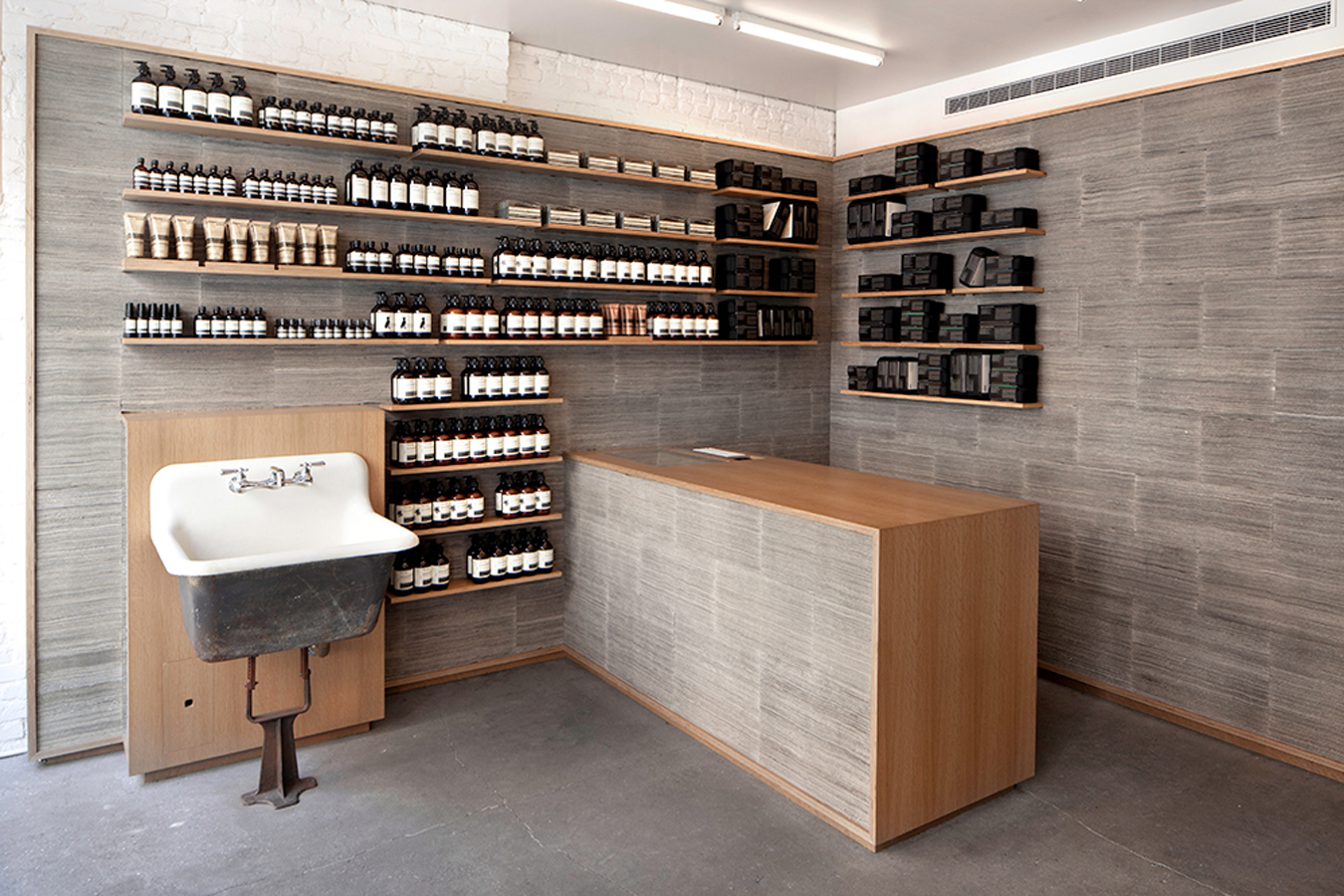
Aesop Nolita, New York.
-
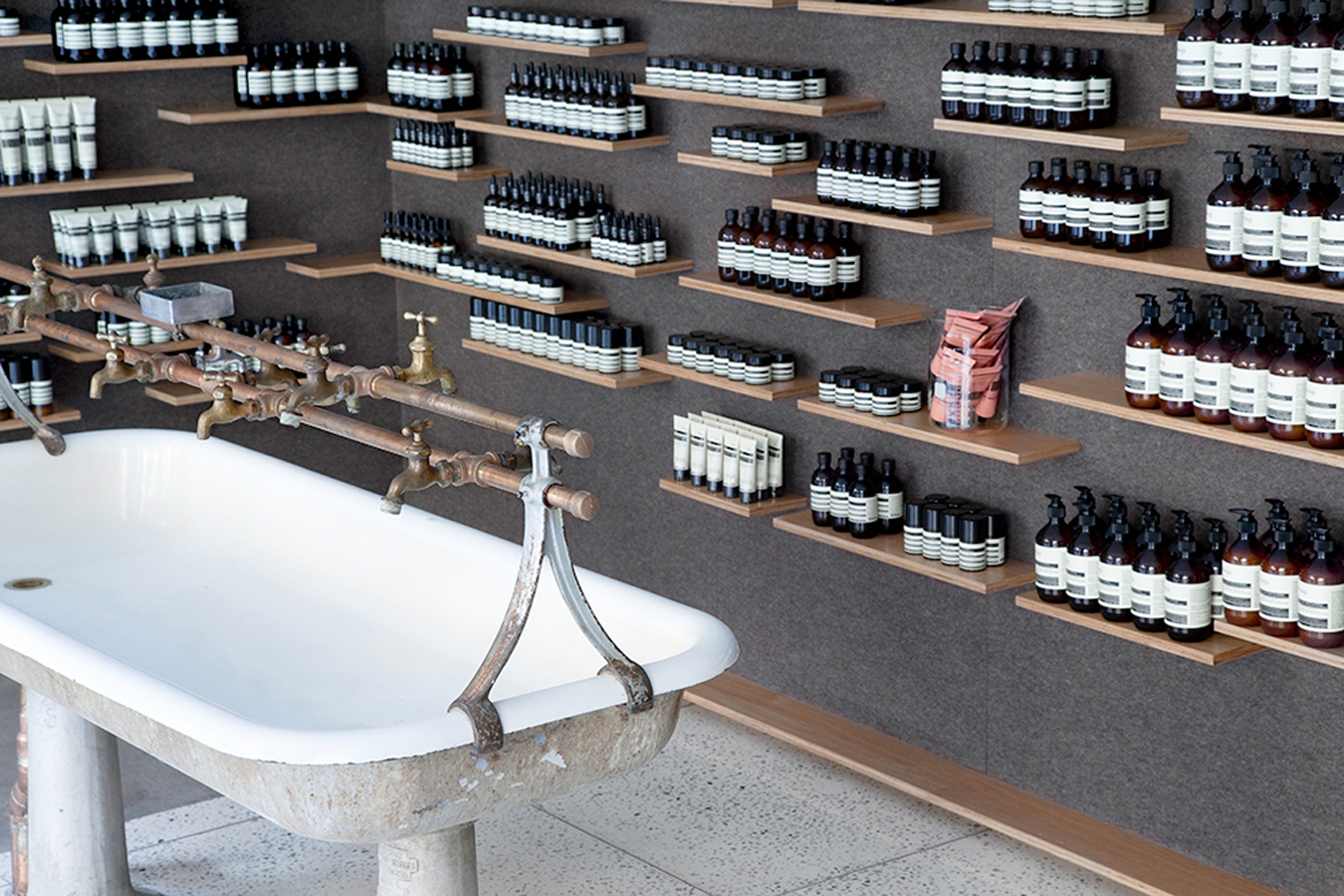
Aesop University Place, New York.
-

Aesop East Hampton, New York.
-

Aesop West End Portland.
-
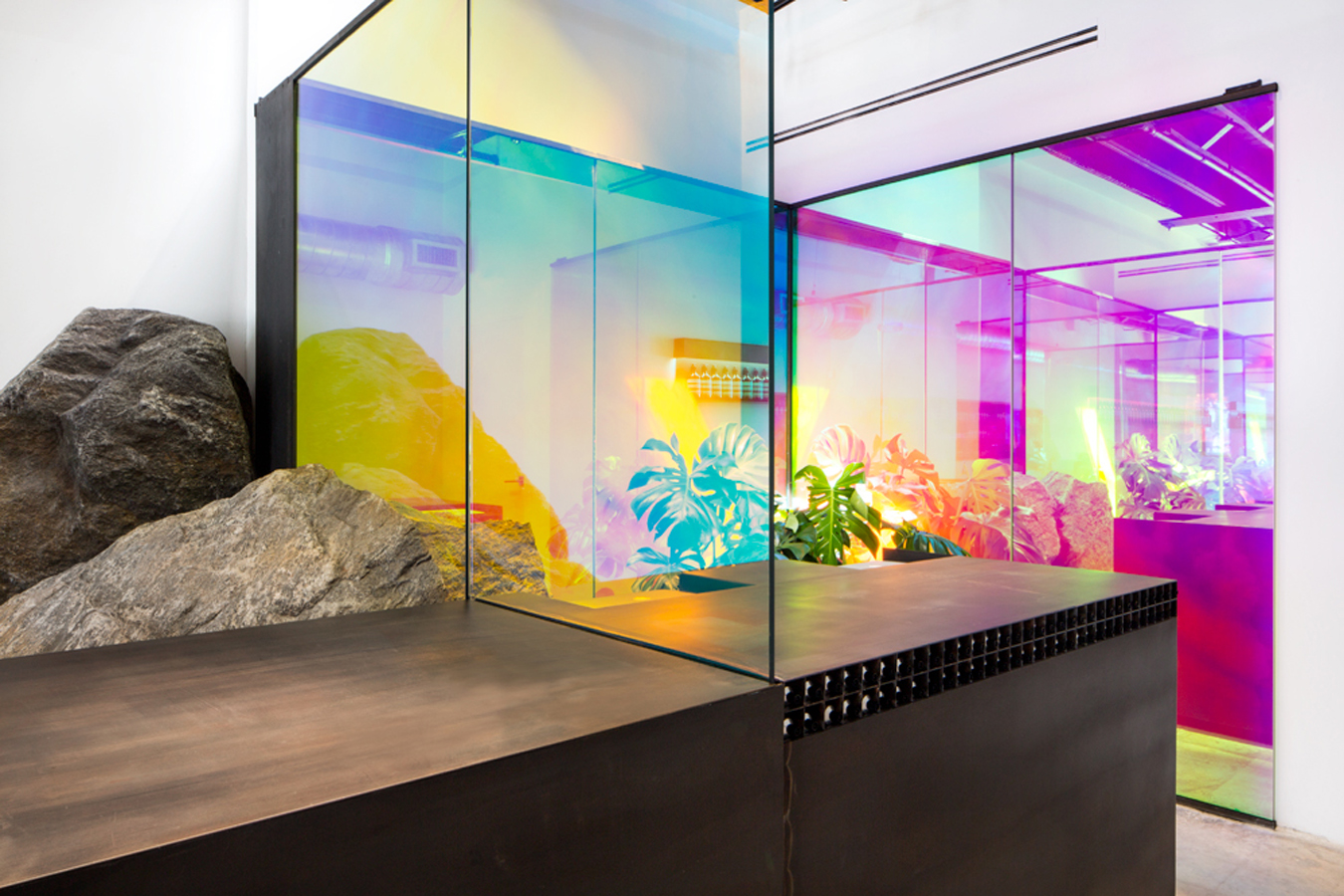
Aesop Wynwood Miami. Installation by Frida Escobedo.
-
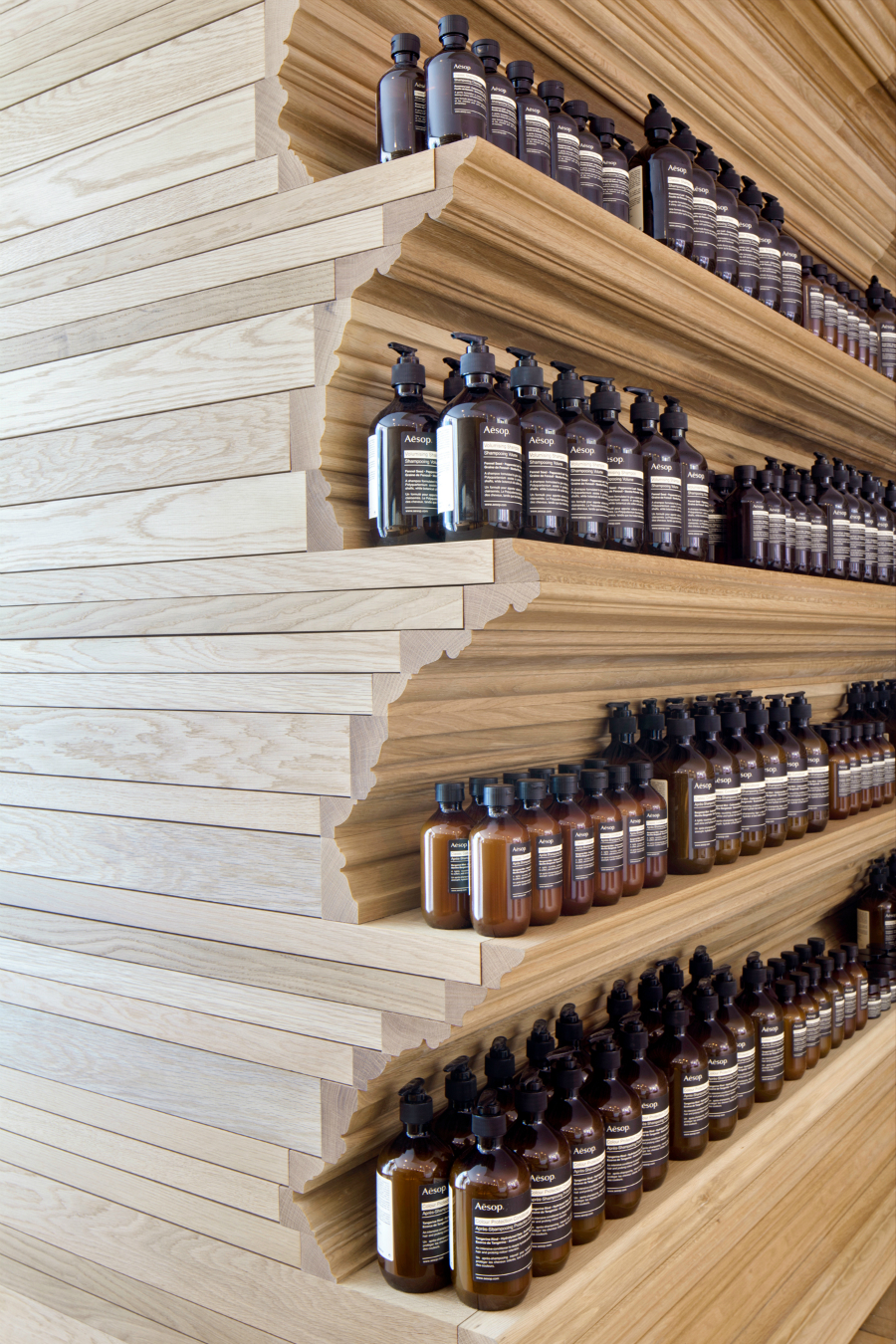
Aesop Newbury Street, Boston.
-
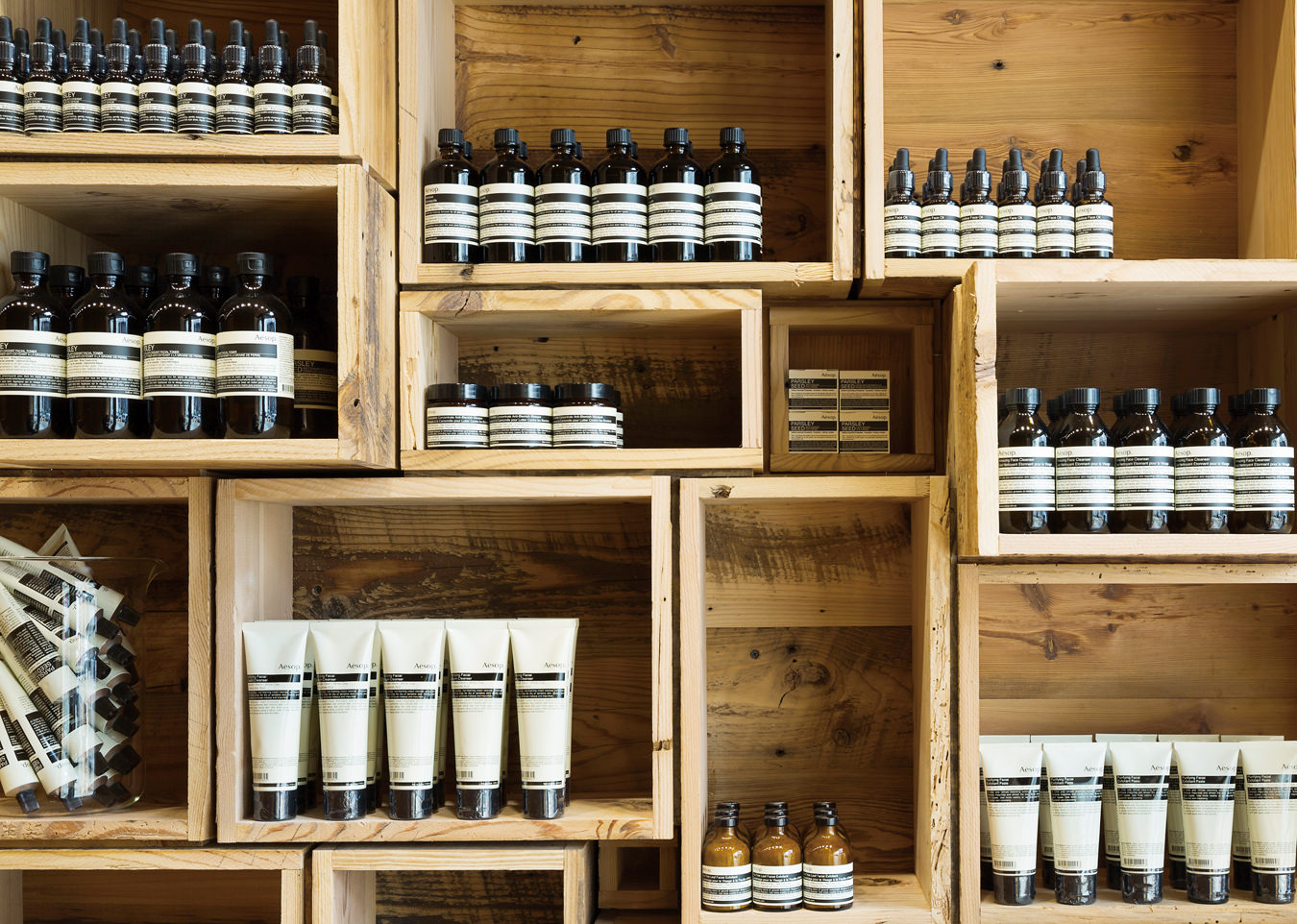
Aesop’s brown glass bottles protect the contents from UV rays.
Aesop Comes to Canada
A fabled formula.
If you’ve ever owned a moisturizer emblazoned with an Aesop logo, chances are you spent a good deal of time marvelling at the store you found it in before picking up any products. With over 110 unique, apothecary-like boutiques spread across 15 countries, beauty brand Aesop combines the magnetism of a tricked-out department store window display with the individualism of an art installation, never straying far from its strict aesthetic standards.
Visit Aesop’s Melbourne flagship on Collins Street to get caught up in its posh-office vibe complete with leather curtains, a goat-hair carpet, and tubes and jars artfully positioned on bureaus and shelves. At one Singapore store, glance at the ceiling: it’s covered in 30 kilometres of coconut husk, fashioned into twine and hung like moss. And 1,800 copies of The New York Times were once stacked and folded into a literary-cubist kiosk design at Grand Central Terminal train station. (The kiosk is no longer used, but it inspired Aesop’s New York Nolita shop design, which was decorated with reclaimed copies of the newspaper).
Having now achieved cult status in cities and bathroom cabinets worldwide, the Aesop fable originates in 1987 in a small Melbourne hair salon, when founder Dennis Paphitis launched with a line of hair-care products. The brand started formulating skin-care products four years later and North Americans were introduced to Aesop through Barneys in 1995. Before long, standalone boutiques opened in the U.S. and now, after 28 years on the market, Aesop’s footprints are in Canada with two (and soon to be four) raw-and-refined store openings this year.
Having now achieved cult status in cities and bathroom cabinets worldwide, the Aesop fable originates in 1987 in a small Melbourne hair salon.
Don’t be fooled, however; it’s not all about the pretty packaging and storefronts. Aesop’s proven product makeup subscribes to an ethos of well-chosen ingredients, balanced with botanicals. (Even the design of Aesop bottles has a function: the brown glass protects the contents from UV rays.) Somewhat of an anomaly in today’s craze of “all-natural” promises, the brand chooses to marry nature with science, still steering clear of parabens and with a strong affinity towards pure essential oils. “The originality of our products is still very true,” explains Stuart Millar, Aesop’s general manager and president for the Americas. “All product research and development is still carried out in-house, in a lab within the Melbourne head office.”
That is precisely where the Parsley Seed Facial Cleansing Oil is concocted, combining avocado and sweet almond oil with beta-carotene and tocopherol (naturally occurring chemical compounds related to vitamin E) to create a milky, makeup-removing emulsion when mixed with water. It was the birthplace of Violet Leaf Hair Balm, which unites cocoa butter and grapefruit seed extract in one superhydrating treatment. And that same home base is where Aesop collaborated with perfumer Céline Barel on its crisp new Tacit fragrance, debuting in September. All delectable, yes. But, as Millar says: “We don’t sell miracle cures. We don’t sell anything that claims to be anti-aging, or anti-wrinkle. Our products are in addition to a balanced lifestyle.”
That honest, fact-based science trickles down to the brick-and-mortar level, too, where salespeople act as consultants, first. “If a customer comes in and our consultant chats with them about their skin, and they don’t feel they can make a purchase that day,” says Millar, “we’re quite happy that they go home with samples, try the product, and come back.” This highlights the very core of the Aesop experience: personalization. First-time users aren’t meant to buy product online (though you can), or even blindly gift it to a friend (though you could), but to purchase after a no-pressure consultation. This approach helps reinforce a love for the cult-brand that relies on word of mouth rather than ads or celebrity spokespeople (though Aesop does have its A-list fans) for promotion. As for the Canadian storefronts, a Toronto locale debuted on Queen Street West in early July, the same week that Vancouver’s cozy Gastown boutique opened up.
“The fact that we approach design in the way that we do—paying homage to the city and neighbourhood—bodes well for the local audience,” explains Millar, who also notes how Aesop founder Paphitis is still “the guardian of the peace of store design” even though he is not involved in the tiny details. An ode to B.C.’s tradition of logging, the Vancouver shop is walled with panels of Douglas fir and imbued with textures reminiscent of Gastown’s cobblestone streets. While that store was designed by an in-house team, Toronto’s was a different case: five firms were interviewed before finding the right fit, in local architect Superkül.
“If a customer comes in and our consultant chats with them about their skin, and they don’t feel they can make a purchase that day, we’re quite happy that they go home with samples, try the product, and come back.”
“They were the ones who could give us what we wanted, which was to become a part of the neighbourhood, and to draw on the history of Toronto and the area to bring elements of that into the store,” notes Millar. Local artist Kathryn Walter ran with the architects’ material vision, installing a rippling felt material to recall the textile traditions of the area, while also alluding to Canada’s 17th-century fur trade. (Two standalone Montreal locations are scheduled to open up in October.)
In addition to its artistic shops, Aesop works holistically in most every facet of its operations: mind, body, and soul are accounted for. For instance, a monthly digest is published on Aesop’s website, dubbed The Fabulist, with fiction and non-fiction by emerging and established writers from across the globe. (Founder Paphitis is a self-confessed bookworm.)
Knowing this, Suzanne Santos, Aesop’s general manager of retail and customer service, once put it acutely well when speaking to those extra materials: “There are far more interesting things on this Earth than skin care,” said Santos. “We believe that those who read [the website and social media content] and come to the stores will understand—that our customers get it, and in fact they want it. The strength of our brand is in that cultural exchange.”
Photos provided by Aesop.

